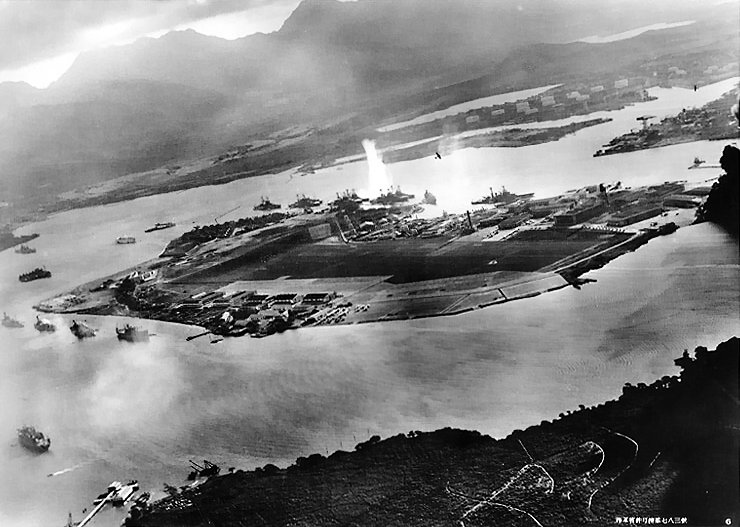Three days after the attack on Pearl Harbor…

Imagine yourself as part of the U.S. military in 1941. You’re stationed on Pearl Harbor in Hawaii. The date is December 10, 1941 three days after the devastating attack on Pearl Harbor.
President Franklin D. Roosevelt has already delivered with Pearl Harbor address to the nation. The United States of America has officially entered into World War II. The lives of more than 2,400 people on the island were taken in the attack. The hospitals are filled up with 1,000 wounded. Pearl Harbor is leaking oil with nearly 20 American ships damaged or destroyed.
You’re a member of the Aviation Detachment and more than 300 of your airplanes have been damaged or destroyed. Fortunately, you have a basic flight training aircraft, the SNJ T-6 Texan, to use for a reconnaissance mission you’ve just been assigned.
You receive your classified intelligence brief from an Admiral to assist you in your route-reconnaissance mission. Your mission is simple: assess the battle damage from the sky and report back with your findings. Preferably, your report should contain pictures to support your verbal report back to the Admiral.
You hop aboard the venerable U.S. Navy (AT-6) that many of your fellow WWII Aviation Cadets have used early in their training. You fire up the engine, speed down the runway and lift off. Your Battle Damage Reconnaissance flight has begun.
Up in the air you fly the same routes the Japanese pilots used in their attack on Pearl Harbor. You begin your mission with aerial views of Pearl Harbor and begin assessing the damages done to ships like the USS Arizona, the USS Utah, USS Oklahoma, USS Shaw, USS Nevada, USS Cassin, USS Downes and USS California. You navigate your way back to the familiar airfields like Wheeler, Kāne‘ohe and Bellows. You head out to the O‘ahu Coasts like the Japanese attackers did and imagine waiting on word from the Japanese Air Fleet Commander on whether to go in for a second and third wave of attacks.
The experience of being up in the air and reliving history just three days later is overwhelming. You’re up in the air for about 45-50 minutes before returning back to base for your confidential debriefing with the G-2 Intelligence Department. You’ve collected critical Tactical and Strategic Intelligence on the Pearl Harbor attack to aid the G-2’s Battle Damage Assessment, Current U.S. Force Posture, and Defensive Realignment of Hawaiian Region to make sure the U.S. is not at risk for something like this to happen again.
